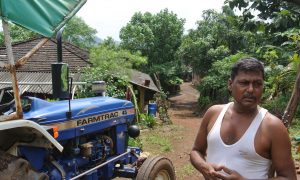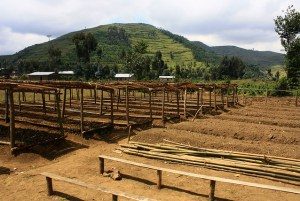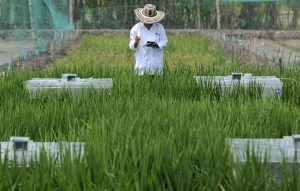 As countries shift from mitigation commitments to action in the 2016 climate change negotiations and beyond, many countries are unable to plan for emissions reductions in agriculture due to a lack of data.
As countries shift from mitigation commitments to action in the 2016 climate change negotiations and beyond, many countries are unable to plan for emissions reductions in agriculture due to a lack of data.
Recognizing that cost of research has often been an impediment for some countries, authors provide guidance on how to choose from available methods, given users’ objectives, resources, and capacities.
Originally published on the website of the CGIAR Research Program on Climate Change, Agriculture and Food Security (CCAFS)


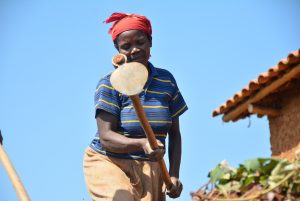 Rwanda has been confronted by the vagaries of a changing climate in recent years. Hailstorms, floods, strong winds, heavy rains leading to landslides, prolonged droughts and changed weather patterns have become more recurrent, making seasons increasingly unpredictable and traditional indicators no longer suitable. This has many implications for the mostly rain-fed agriculture sector in Rwanda, which is also the main source of subsistence for the majority of the country’s population. Agriculture contributes to 30% of the GDP, whereas pastoralism, practiced only in small pockets of dry areas in the country, contributes to 10% of the GDP.
Rwanda has been confronted by the vagaries of a changing climate in recent years. Hailstorms, floods, strong winds, heavy rains leading to landslides, prolonged droughts and changed weather patterns have become more recurrent, making seasons increasingly unpredictable and traditional indicators no longer suitable. This has many implications for the mostly rain-fed agriculture sector in Rwanda, which is also the main source of subsistence for the majority of the country’s population. Agriculture contributes to 30% of the GDP, whereas pastoralism, practiced only in small pockets of dry areas in the country, contributes to 10% of the GDP.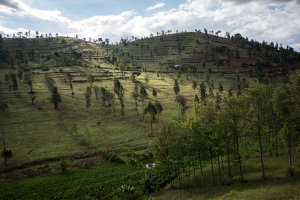 Trees grown on agricultural land significantly contribute to global carbon budgets, say authors in this recent study.
Trees grown on agricultural land significantly contribute to global carbon budgets, say authors in this recent study.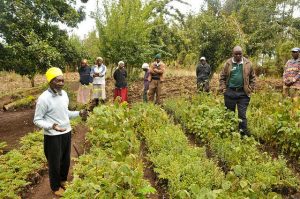 The momentum for large-scale restoration has never been stronger. Restoration is increasingly recognized as a
The momentum for large-scale restoration has never been stronger. Restoration is increasingly recognized as a 